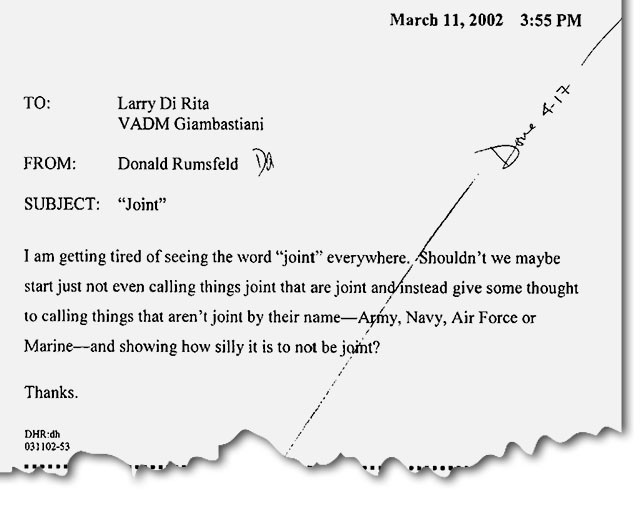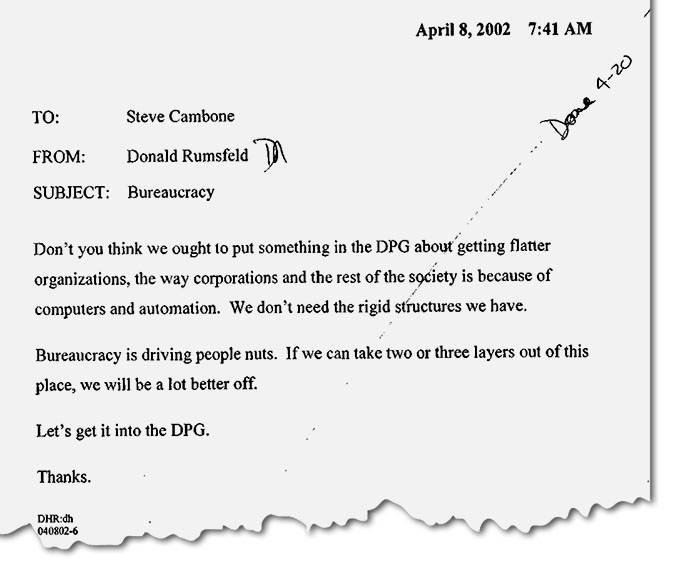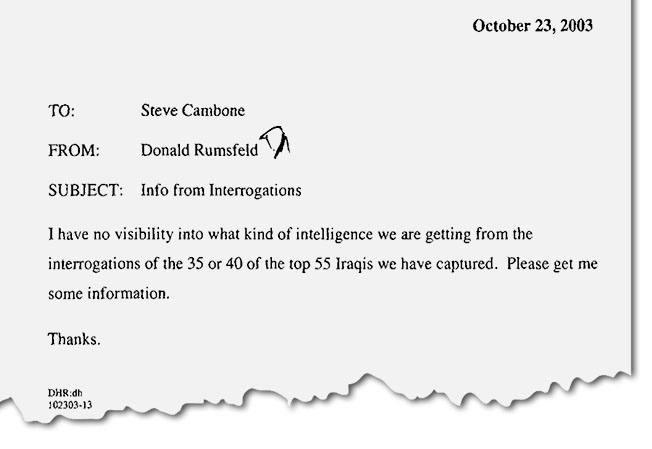In part about the leaked phone call between President Biden and President Ashraf Ghani:
The White House refused to draw further attention to reports President Joe Biden and ousted Afghan President Ashraf Ghani were unprepared for Afghanistan’s quick collapse and that Biden had encouraged his counterpart in Kabul, Afghanistan, to fix his “perception” problem by selling a military strategy with local political heavyweights.
Biden also challenged Ghani to “project a different picture” than that of a failing war effort against the Taliban, “whether it is true or not.”During the call, Ghani suggested Biden to put sanctions on Pakistan, since it has been providing logistic support for the cause. However, Pakistan denies all the allegations against the country and said these all were excuses by Ashraf Ghani to justify his failures.
With Panjshir continuing to be a thorn in the Taliban’s side, the Pakistani military is reportedly helping the extremist group fight the Resistance. Pakistani Air Force reportedly used drones to drop bombs on Panjshir while the country also sent special forces to assist the Taliban in capturing the defiant province. This coincided with Pakistani spy agency Inter-Services Intelligence (ISI) chief Lt Gen Faiz Hameed arriving in Kabul amid infighting in the Taliban ranks over the issue of government formation.
You have to ask how come the United States relies so heavily on Qatar when actually the pressure should be on Pakistan. Why protect Pakistan? Just because it has nuclear weapons? Hardly a threat at this point, but read on.
“Afghanistan is presently witnessing a virtually smooth shifting of power from the corrupt Ghani government to the Taliban,” tweeted Raoof Hasan, a special assistant to Pakistani Prime Minister Imran Khan, mocking the assessments of Western experts on South Asia. He added that “the contraption that the US had pieced together for Afghanistan has crumbled like the proverbial house of cards.” Taliban arrives in Pakistan to discuss more cooperation and the way forwarad.
Taliban arrives in Pakistan to discuss more cooperation and the way forwarad.
Khan himself made a curious remark at an event Monday in Islamabad. Commenting on the cultural dangers inherent in English-language education for Pakistani society — and the “mental slavery” it supposedly imposes — he seemed to point to the fundamentalist Taliban as an exemplar of a kind of empowering authenticity. Afghans, Khan said, “had broken the shackles of slavery.”
For now, Khan’s government has refrained from recognizing the new Taliban overlords as the legitimate government in Kabul. The prime minister, who has been a vocal opponent of the American “war on terror” in the region and blames it for stoking a parallel Pakistani Taliban insurgency, stressed the “importance of all sides working to secure an inclusive political solution,” according to local news reports Tuesday. He and his allies cast Pakistan as a victim of cycles of regional unrest and conflict, exacerbated by the interventions of foreign powers like the United States. “We under no circumstances are prepared to see protracted instability that in the past has caused spillover into Pakistan,” national security adviser Moeed Yusuf said in an interview this month. “Pakistan has suffered all of these 40 years.”
Such rhetoric would probably stick in the craw of the Afghan leaders of the defeated Western-backed government. For years, they bemoaned the support afforded to the Afghan Taliban by Pakistan, particularly by the country’s military establishment and its affiliated intelligence apparatus, known as the Inter-Services Intelligence, or ISI. In January 2020, during a World Economic Forum roundtable with journalists, including Today’s WorldView, Afghan President Ashraf Ghani scoffed at Pakistani claims that the Afghan Taliban was no longer operating from safe havens in Pakistan. “One can also say that the Earth does not revolve around the sun,” he said.
The Taliban’s long-running insurgency and its rapid takeover of Afghanistan are inextricably linked to Pakistan. For the better part of half a century, Pakistan cultivated militant elements in Afghanistan as part of its own regional pursuit of “strategic depth.” The factions that coalesced into the Taliban maintained extensive logistical and tactical ties with Pakistani agencies, while many of their fighters came from a world of ethnic and tribal affiliations that spanned both sides of the rugged border. These same networks probably enabled al-Qaeda terrorist founder Osama bin Laden to find sanctuary in a leafy compound not far from Pakistan’s leading military academy until U.S. Navy Seals killed him in a raid a decade ago.
For its allies in the Pakistani establishment, the Taliban’s appeal was both political and tactical, even as Pakistan served as a major U.S. ally during and after the 2001 invasion of Afghanistan. “Some sympathized with the Islamists’ extreme ideology, while others deemed it an indispensable asset to counter India,” noted the Financial Times. “Taliban leaders have lived and done business in Pakistan, and wounded fighters have been treated in its hospitals. The Haqqani Network, an affiliate of the Taliban, has a ‘close relationship’ with the ISI, according to a recent report from the US Institute of Peace.” More here.









 American intelligence officials say that Mr. al-Masri had been in Iran’s “custody” since 2003, but that he had been living freely in the Pasdaran district of Tehran, an upscale suburb, since at least 2015.
American intelligence officials say that Mr. al-Masri had been in Iran’s “custody” since 2003, but that he had been living freely in the Pasdaran district of Tehran, an upscale suburb, since at least 2015. 